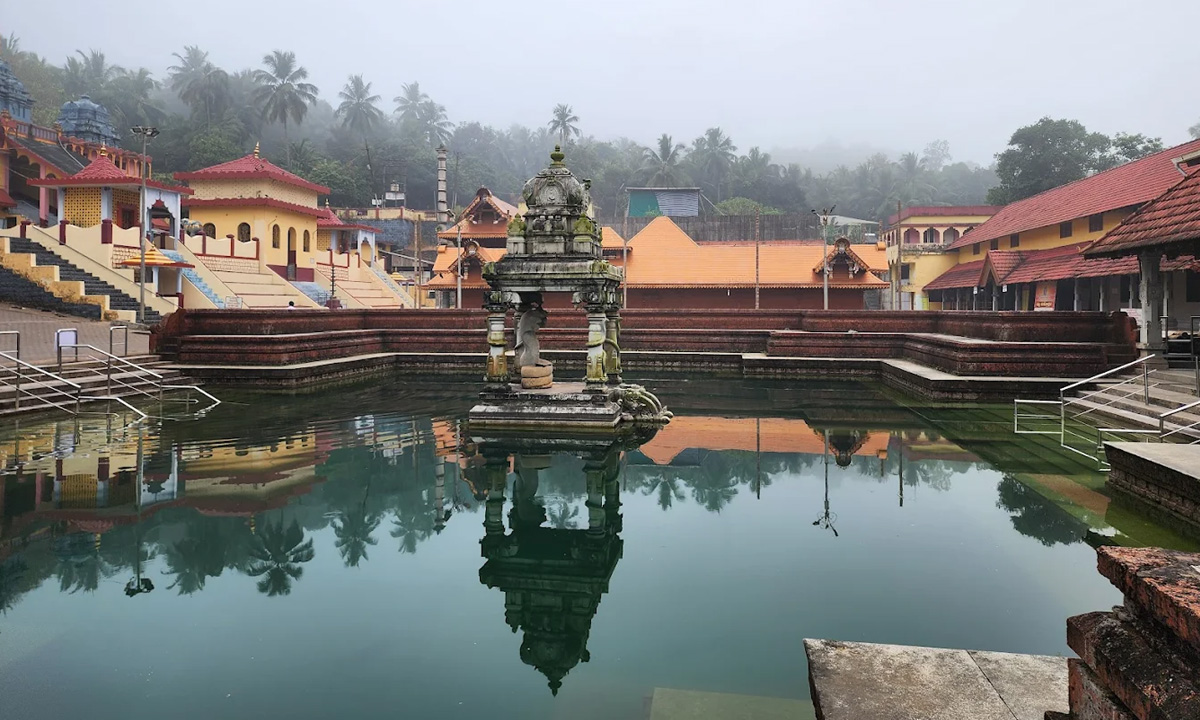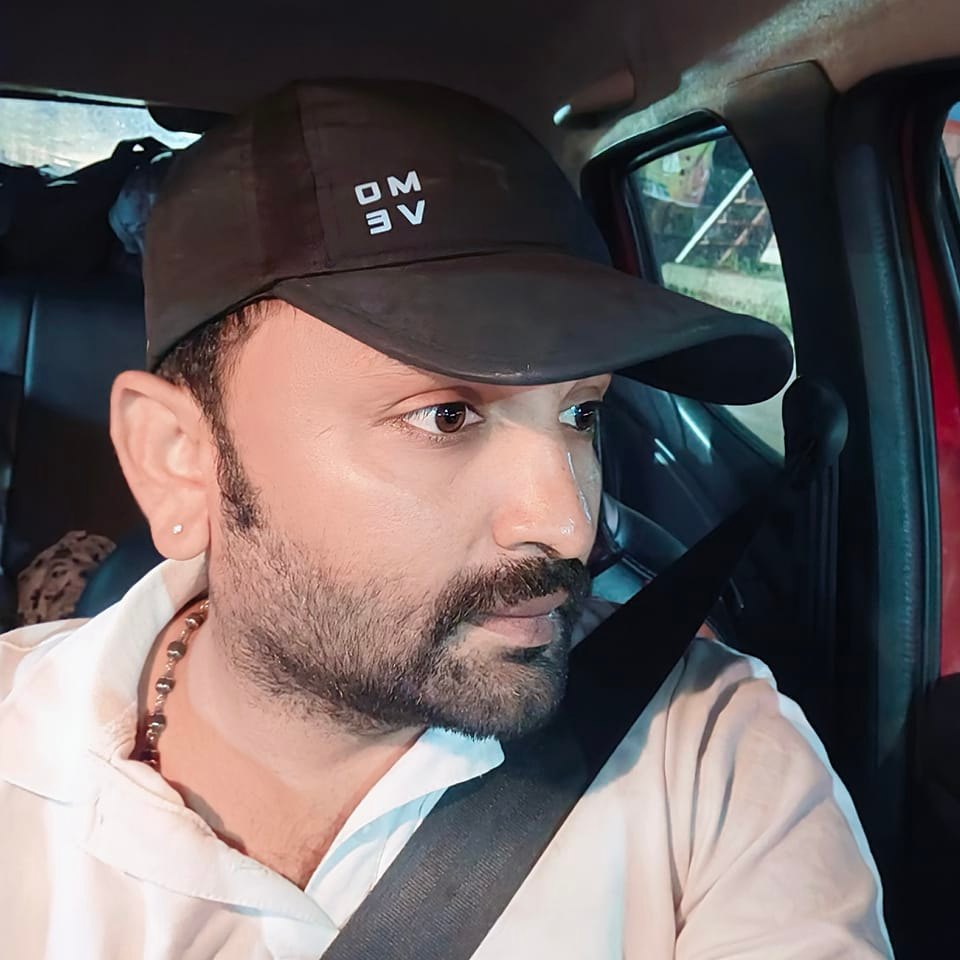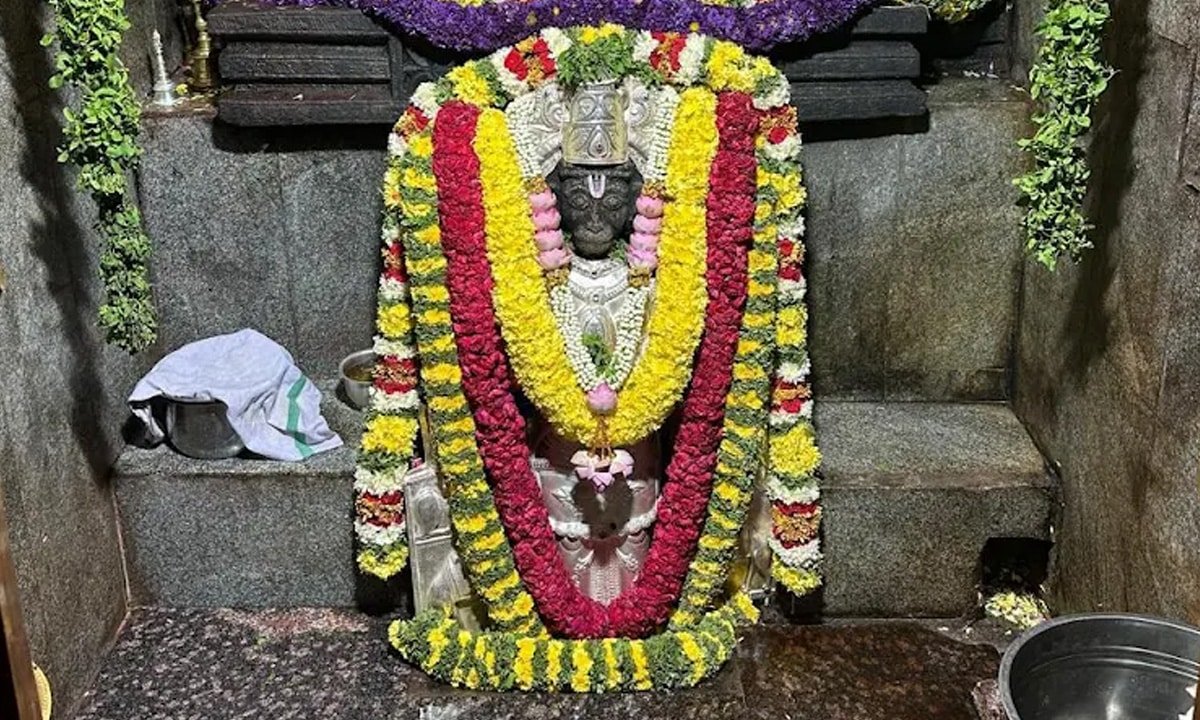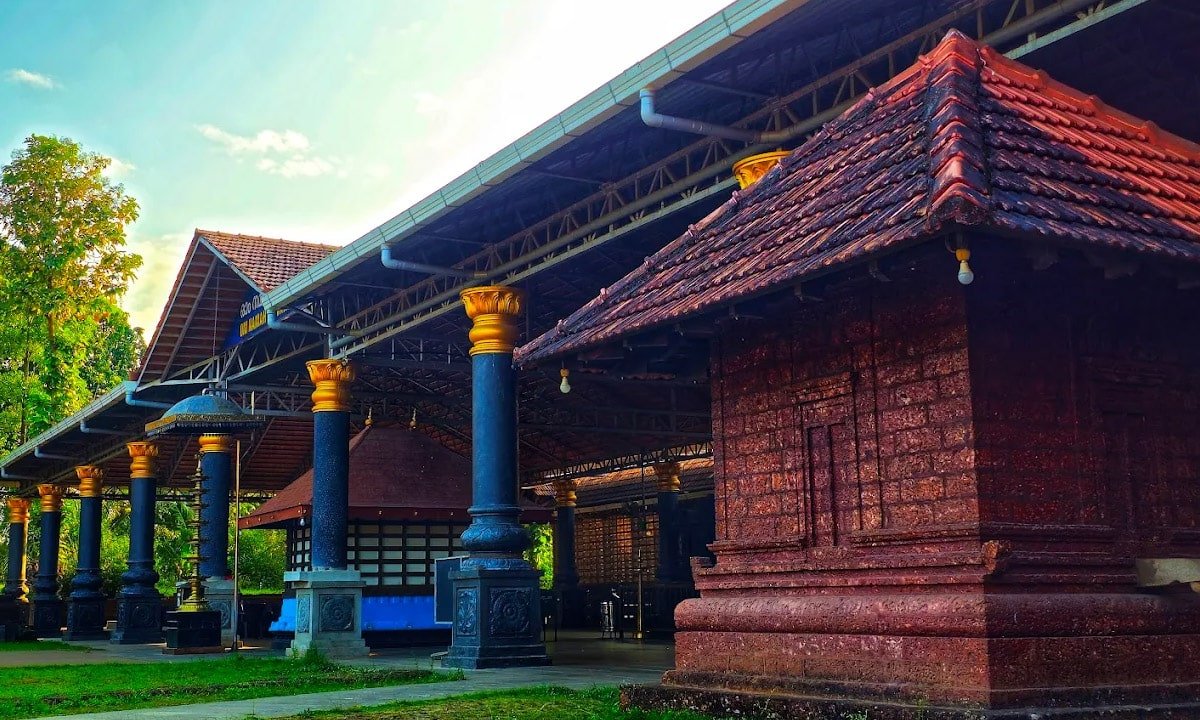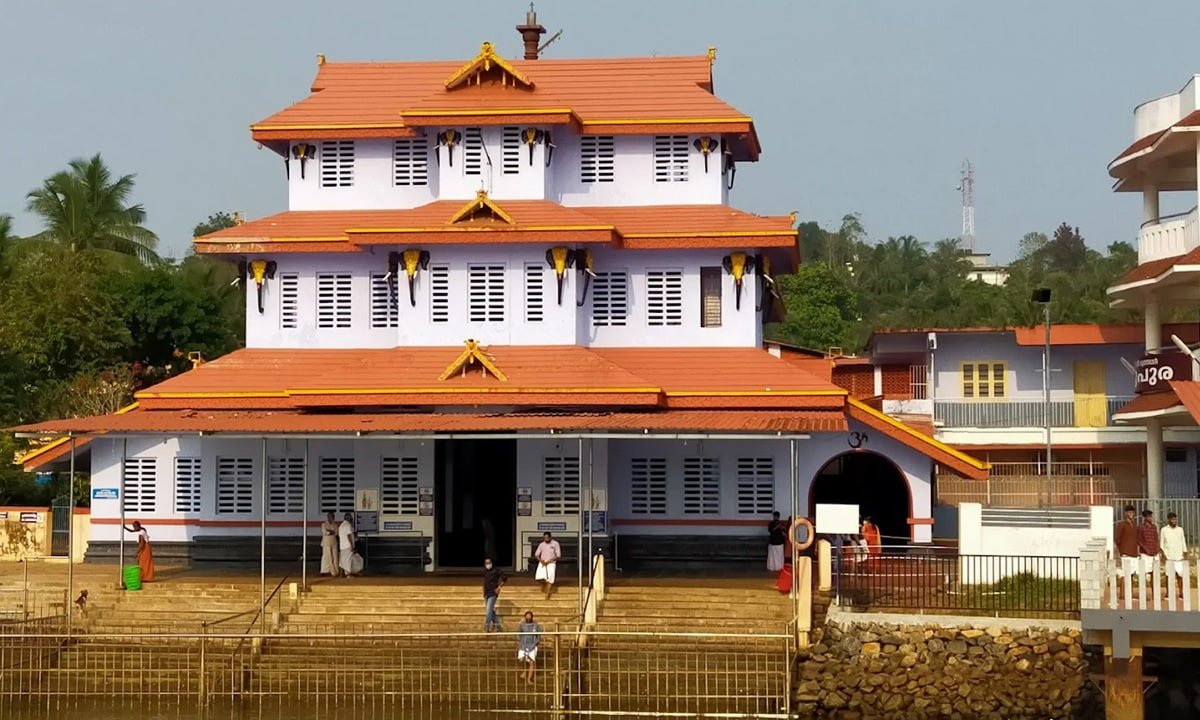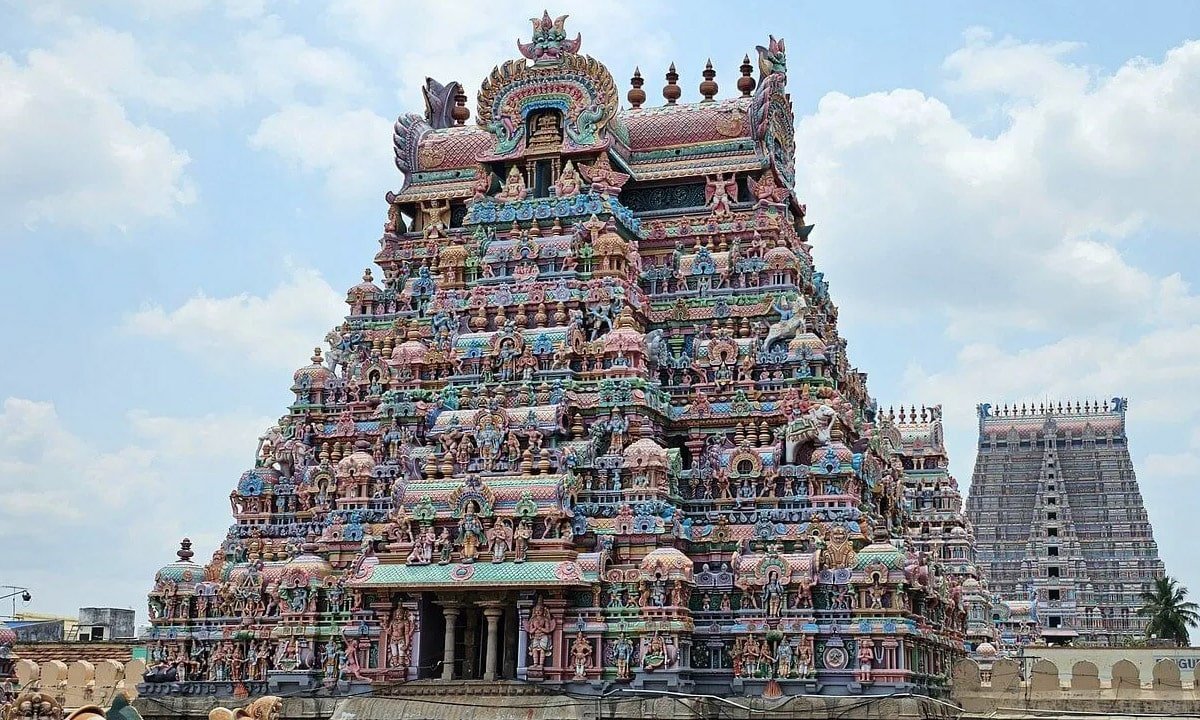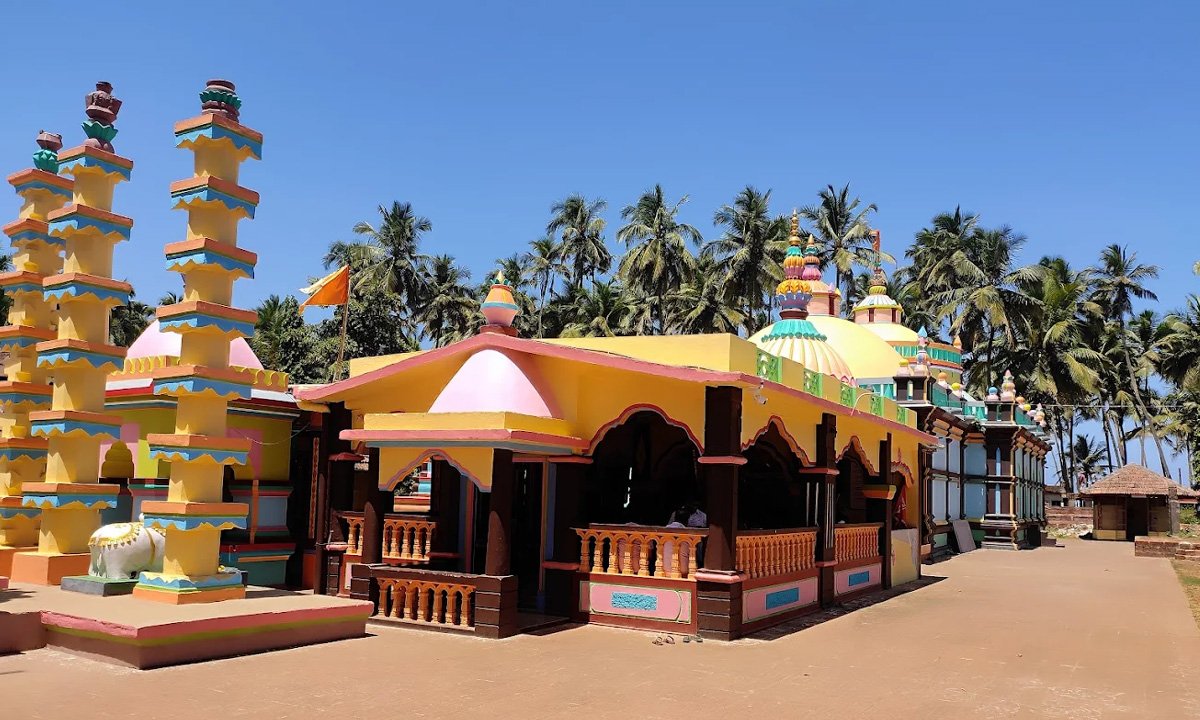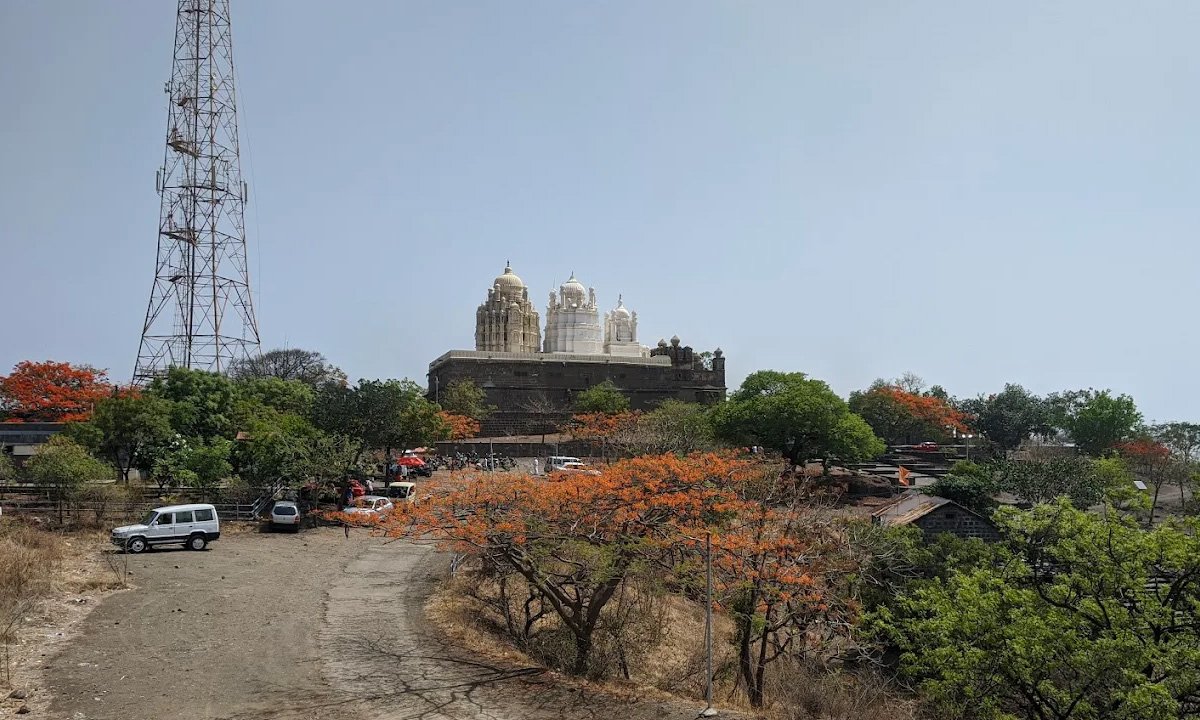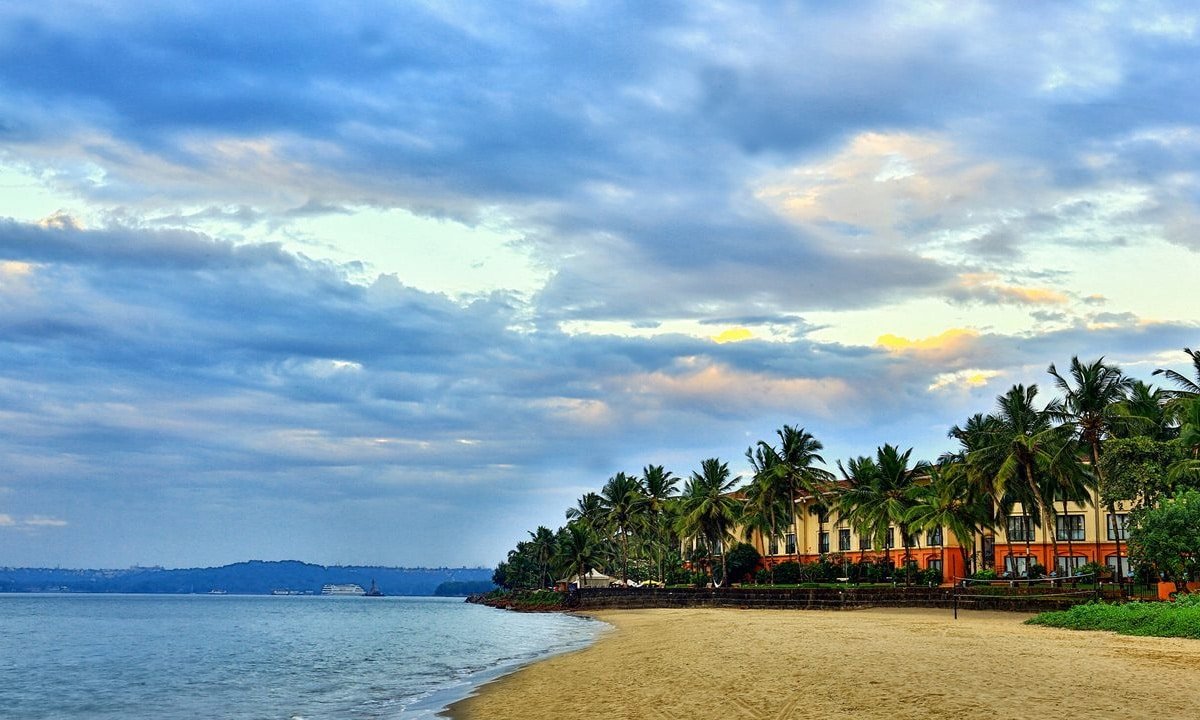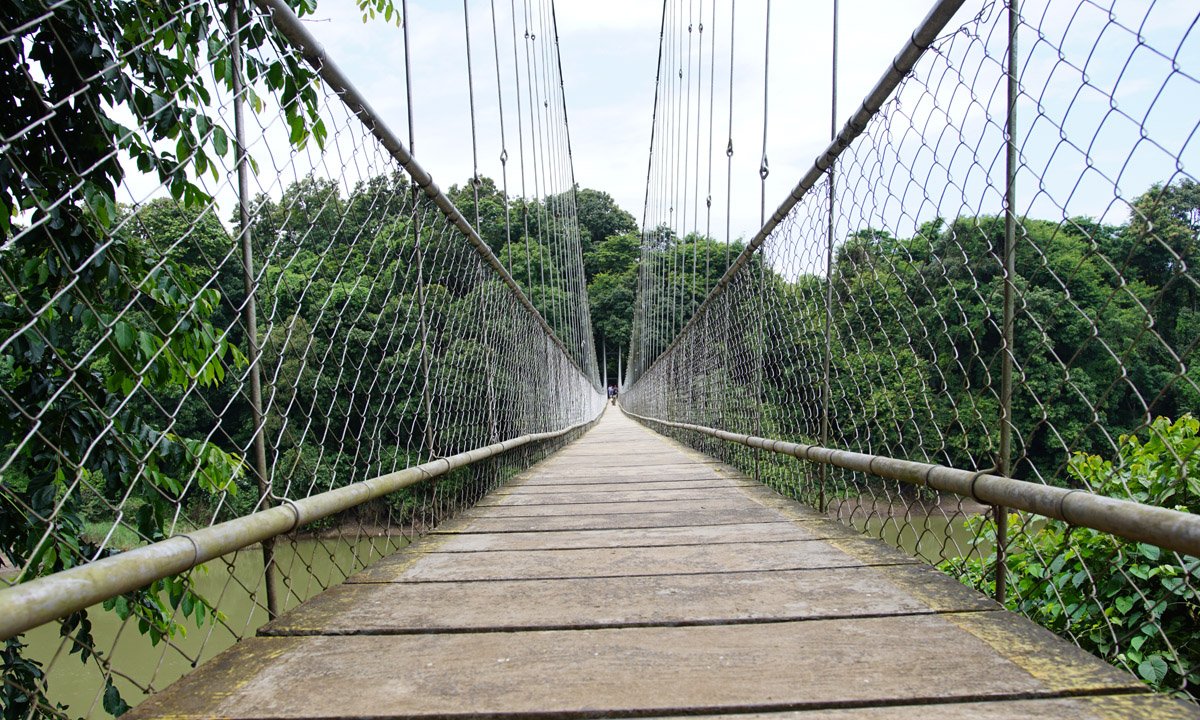Kudupu Temple is in a small Kudupu village near Kulashekara, just 10 km from Mangalore City, Dakshina Kannada, Karnataka. The Kudupu Anantha Padmanabha temple morning timings are 06:00 am to 12:30 pm, and the temple evening timings are 05:00 pm to 08:30 pm.
The presiding deity is Sri Anantha Padmanabha Swamy, who is facing towards the west and is an avatar of Sri Maha Vishnu, famous for serpent worship. Naga Bana was situated on the eastern side of the temple. The temple also houses a holy pond, ‘Bhadra Saraswathi Thirtha,’ located on the temple’s left side.
Kudupu Anantha Padmanabha Temple History:
Contents
- 1 Kudupu Anantha Padmanabha Temple History:
- 1.0.1 Kudupu Temple Timings:
- 1.0.2 Deities at Kudupu Anantha Padmanabha Temple:
- 1.0.3 Best time to visit Kudupu Temple:
- 1.0.4 Entry Fee:
- 1.0.5 Special Pujas and Celebrations in Kudupu Temple:
- 1.0.6 Temple Sevas Ticket Costs:
- 1.0.7 Ashlesha Bali Seva:
- 1.0.8 Temple Dress Code:
- 1.0.9 Tourist places near Kudupu Temple:
- 1.0.10 Hotels near Kudupu Anantha Padmanabha Temple:
- 1.0.11 Kudupu Anantha Padmanabha Temple Address & Contact Number:
- 1.0.12 How to reach Kudupu Anantha Padmanabha Temple:
- 1.0.13 FAQs:
- 1.1 Which God is in the Kudupu temple?
- 1.2 What is the timing of the Kudupu Puja?
- 1.3 What is the mystery of the Anant Padmanabhan temple?
- 1.4 How many vaults had opened in Padmanabhaswamy Temple?
- 1.5 What was the material used in the Padmanabhaswamy Temple?

Once, a Brahmin Vedic scholar called ‘Kedar’ was a very orthodox, kind and religious follower. But he was extremely worried about not having a child. Thinking that the blessing of a Saint is the ultimate resort for having a child, he wandered everywhere searching for one such Saint.
Finally, his exploration was fructifying when he was approached by one such holy Saint known as ‘Shringa Muni’ near a river, Bhadra Saraswathi Thirtha, amid a big forest. He overcame before a saint and placed his reason for worry. Hearing all this, a saint told him to stay behind and start penance regarding God Subramanya, who would fulfil his wishes. Saint also detailed to him the holiness of that place and the river.
King Shurasena became very happy and ready to construct a temple within a day. All the sculptors and architects got into construction work. The work continued at night, and dawn was nearing, while the Kudupu temple was almost at the finishing stage, except for the top ornamental portion of the sanctum.
Early morning a graceful divine voice came from the sky advising us to stop the construction work as and where it is. King looked at his shoulder, and alas!! His arms became, as it was earlier, completely restored. King settled there and spent the rest of his life ardently worshipping Lord Mahavishnu. Even today, the kudu temple does not have ‘Muguli’ (ornamental top portion on the sanctum).
Kudupu Temple Timings:
The Kudpu temple morning timings are 06:00 am to 12:30 pm, and the temple evening timings are 05:00 pm to 08:30 pm.
| Days | Morning Timings | Evening Timings |
| Monday | 06:00 am to 12:30 pm | 5:00 pm to 8:30 pm |
| Tuesday | 06:00 am to 12:30 pm | 5:00 pm to 8:30 pm |
| Wednesday | 06:00 am to 12:30 pm | 5:00 pm to 8:30 pm |
| Thursday | 06:00 am to 12:30 pm | 5:00 pm to 8:30 pm |
| Friday | 06:00 am to 12:30 pm | 5:00 pm to 8:30 pm |
| Saturday | 06:00 am to 12:30 pm | 5:00 pm to 8:30 pm |
| Sunday | 06:00 am to 12:30 pm | 5:00 pm to 8:30 pm |
Deities at Kudupu Anantha Padmanabha Temple:
The main sub-deities of the temple are here
- Goddess Sri Devi
- Lord Ganapathi
- Lord Subramanya
- Jaya
- Vijaya
Best time to visit Kudupu Temple:
The best time to visit Kudupu Temple in Mangalore, Karnataka, is during weekdays or early mornings for a peaceful experience. For grand festivities, visit Navaratri, Mahashivaratri, or Janmashtami. Avoid the monsoon season and visit during the winter (December to February) for pleasant weather.
Entry Fee:
Entry to Kudupu Anantha Padmanabha Temple is free of cost. However, donations had been accepted for maintenance and development purposes.
Special Pujas and Celebrations in Kudupu Temple:
Some of the celebrations in the temple are here
- Ashada Hunnime
- Shravana Shuddha Nagara Panchami
- Gokulashtami
- Gouri Tritiya Dina Navnana
- Vinayaka Chavithi
- Soura Righupakarma
- Anantha Chathurdhashi
- Navarathri
- Deepavali
- Kartika Hunnime Deepotsava
- Maha Shivarathri Deepotsava
- Vishu Sankramana
- Vrishabha Masa Hunnime
- Annual Festival from Margashira Shuddha Padya to Margashira Shuddha Shashti.
- Kiru Shashti on the 6th day of Pushya Shuddha
- A four-day festival from Dhanurmasa Shuddha Chathurdhashi.
Temple Sevas Ticket Costs:
Kudupu temple sevas ticket costs are here
| Sevas Name | Sevas Ticket Cost |
| Panchamritha | Rs. 50 |
| Karti Pooja | Rs. 40 |
| Thambila | Rs. 60 |
| Ksheerabhishekha | Rs. 30 |
| Thulabara Kanika | Rs. 50 |
| Ashtottara Archana | Rs. 40 |
| Pancha Kajjaya | Rs. 10 |
| Halu Payasa | Rs. 40 |
| Purusha Sooktha Abhisheka | Rs. 40 |
| Navgraha Puja | Rs. 70 |
| Amritha Padi Nandadeepa | Rs. 100 |
| Appa Kajjaya | Rs. 80 |
| Ashlesha Bali | Rs. 900 |
| Hoovina Pooja (night) | Rs. 400 |
| Pavamana Abhishekha | Rs. 600 |
| Maha pooja (one day) | Rs. 250 |
| Hoovina pooja (noon) | Rs. 90 |
| Ayyappan Swami Pooja | Rs. 70 |
| Hannu Kayi | Rs. 1 |
| Thulabara Kanike | Rs. 250 |
| Shashwatha Seva | Rs. 2000 |
| shashwatha Annadana Seva | Rs. 5000 |
| Sarpa Samskara | Rs. 8500 |
| Naga Prathiste | Rs. 13500 |
| Ashlesha Bali Udyapane | Rs. 15000 |
Ashlesha Bali Seva:
Ashlesha Bali is one of the most essential Sevas in the temple. This puja can be performed except on the days of Ekadashi and Annual Festival occasions on all other days. This Seva starts in the evening at 5 o’clock and ends at around 6.30 pm.
Since there will be a heavy rush for the Seva on Ashlesha Nakshatra Day, the puja will continue until 11.00 pm. They will offer the devotees and participants only a night’s meal that day. Giving individual attention to the members of this Seva is the speciality of this Kshetra.
Temple Dress Code:
The dress code at Kudupu Anantha Padmanabha Temple is conservative, and visitors must wear modest clothing that covers their shoulders and legs. Shorts, sleeveless tops, and tight-fitting clothes are not allowed.
Tourist places near Kudupu Temple:
- Mahatobhaara Shri Mangaladevi Temple
- Kadri Sri Manjunatheshwara Temple
- Panamburu Beach
- St. Aloysius Chapel
- Majali Beach
- Sultan Bathery
- Milagres Church
- Kateel Durgaparameshwari Temple
- Our Lady of Rosary Cathedral
- Sasihitlu Beach
- Ullal Beach
- Pilikula Nisargadhama
- Kolaramma Temple
Hotels near Kudupu Anantha Padmanabha Temple:
- Adyar Plaza Inn
- Traders Hotel
- The Prestige Hotel
- AJ Grand Hotel
- The Ocean Pearl Inn
- Hotel Deepa Comforts
- Saptagiri Hotel
- Anugraha Hotel
- Treebo Trend The Horizon
Kudupu Anantha Padmanabha Temple Address & Contact Number:
- WV3V+JCH, Kudupu AnanthaPadmanabha Temple, Kudpu, Kulashekara, Mangaluru, Karnataka 575028
- Contact Number: 0824 226 2587
- website
How to reach Kudupu Anantha Padmanabha Temple:
By Road:
The Mangalore bus stand is the nearest.
By Rail:
Mangalore Central Railway Station is the nearest railway station, about 13 km from the temple.
By Air:
The closest airport is Mangalore International Airport, located about 17 km from the temple.
FAQs:
Which God is in the Kudupu temple?
Kudupu Sri Anantha Padmanabha Temple is dedicated to Sri Anantha Padmanabha(Vishnu), located about 10 KM from Mangalore City.
What is the timing of the Kudupu Puja?
Puja’s timing is evening, from 5.00 pm to 7.30 pm.
What is the mystery of the Anant Padmanabhan temple?
According to ancient mysterious texts, the Kudupu Temple includes six vaults. According to legend, the temple has to be defiled by an ancient curse. All the temple treasure is said to be kept in these six different vaults.
How many vaults had opened in Padmanabhaswamy Temple?
The Kudupu temple management authorities were aware of the existence of at least six vaults. They had located all around underground and to the west of the temple’s sanctum sanctorum.
What was the material used in the Padmanabhaswamy Temple?
According to Historians, the Kudupu temple dates back to the 8th century, but the current structure was constructed in the 18th century by the then-Travancore Maharaja Marthanda Varma. The temple was initially made of wood but was later built with granite.

